How Wireless Camera Works ?
A wireless camera works by using radio frequency signals to transmit video and audio data wirelessly to a receiver. The camera captures the video and audio using a lens and microphone, which are then converted into electronic signals. These signals are then encoded and modulated into radio waves by a transmitter within the camera.
The radio waves are transmitted through the air and received by a receiver device, which is typically connected to a display or recording device. The receiver demodulates and decodes the radio waves back into video and audio signals, which can then be viewed or recorded.
Wireless cameras typically use either analog or digital transmission methods. Analog wireless cameras transmit the video and audio signals as analog signals, while digital wireless cameras convert the signals into digital data before transmission. Digital wireless cameras generally offer better image and sound quality, as well as increased security through encryption.
Overall, wireless cameras provide a convenient and flexible solution for surveillance and monitoring applications, eliminating the need for extensive wiring and allowing for easy installation and relocation.
1、 Wireless Camera Technology: Transmission and Reception of Video Signals
Wireless cameras work by utilizing wireless technology to transmit and receive video signals. These cameras are equipped with a built-in transmitter that sends the video signals wirelessly to a receiver, which can be connected to a monitor or recording device.
The transmission process begins with the camera capturing video footage. The camera then converts the analog video signals into digital signals, which are easier to transmit wirelessly. The digital signals are then encoded and compressed to reduce the file size and optimize transmission efficiency.
The encoded video signals are transmitted wirelessly using radio frequencies. The camera's transmitter sends out the signals, which are picked up by the receiver. The receiver decodes and decompresses the signals, converting them back into a format that can be displayed on a monitor or recorded onto a storage device.
Wireless cameras typically use either Wi-Fi or radio frequency (RF) technology for transmission. Wi-Fi cameras connect to a local wireless network, allowing the video signals to be accessed and viewed remotely through a computer or mobile device. RF cameras, on the other hand, operate on specific radio frequencies and do not require an internet connection. They are commonly used for surveillance systems and can transmit signals over longer distances.
The latest advancements in wireless camera technology have focused on improving signal quality, range, and security. For instance, the introduction of high-definition (HD) and ultra-high-definition (UHD) wireless cameras has enhanced the clarity and detail of video footage. Additionally, the use of advanced encryption protocols and authentication methods has strengthened the security of wireless camera systems, protecting against unauthorized access and hacking.
Overall, wireless cameras provide a convenient and flexible solution for video surveillance and monitoring. They eliminate the need for extensive wiring and allow for easy installation and relocation. With ongoing advancements in wireless technology, we can expect further improvements in signal stability, range, and image quality in the future.
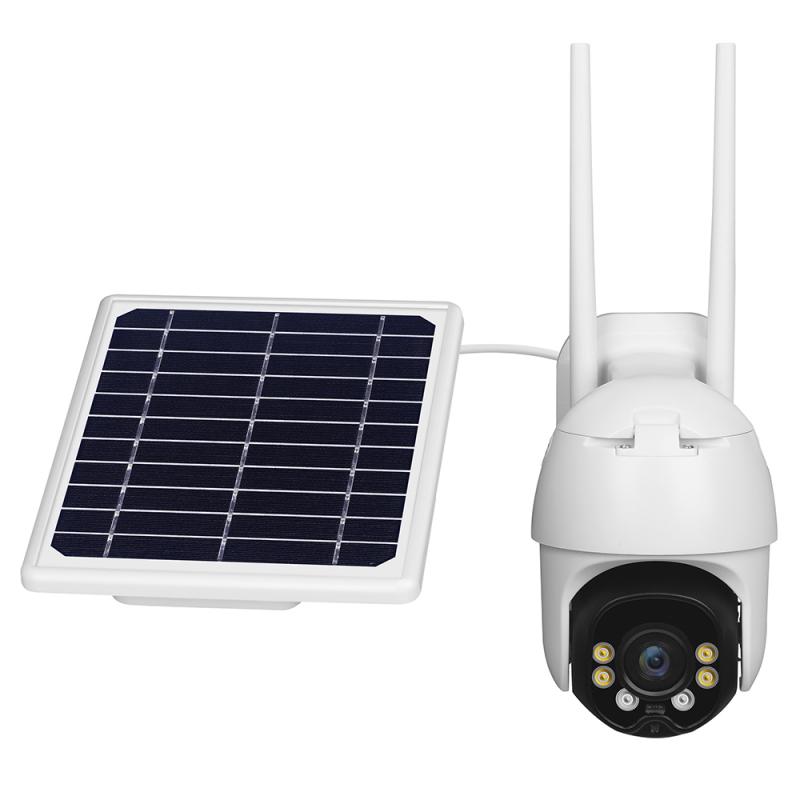
2、 Wireless Camera Components: Camera, Transmitter, Receiver, and Antenna
A wireless camera is a device that captures and transmits video and audio signals without the need for physical cables. It consists of several key components: the camera itself, a transmitter, a receiver, and an antenna.
The camera is responsible for capturing the video and audio signals. It can be either analog or digital, depending on the technology used. Analog cameras convert the captured signals into analog format, while digital cameras convert them into digital format. Digital cameras are more common nowadays due to their higher image quality and flexibility.
The transmitter is connected to the camera and is responsible for converting the video and audio signals into a wireless format. It uses radio frequency (RF) technology to transmit the signals over the air. The transmitter may also have additional features such as encryption to ensure the security of the transmitted data.
On the receiving end, there is a receiver that captures the wireless signals and converts them back into video and audio signals. The receiver is usually connected to a display device, such as a monitor or a television, where the video can be viewed in real-time.
To ensure a reliable wireless connection, both the transmitter and receiver are equipped with antennas. The antennas are responsible for sending and receiving the RF signals. They can be either built-in or external, depending on the camera model.
In recent years, there have been advancements in wireless camera technology. For example, some wireless cameras now support Wi-Fi connectivity, allowing them to connect directly to a network and stream the video and audio signals over the internet. This enables remote viewing and monitoring from anywhere with an internet connection.
Overall, wireless cameras provide a convenient and flexible solution for video surveillance and monitoring. They eliminate the need for complex wiring installations and allow for easy placement and relocation of cameras. With ongoing advancements, wireless cameras continue to evolve and improve, offering even more features and capabilities.
3、 Wireless Camera Signal Encryption: Ensuring Secure Transmission
Wireless cameras work by transmitting video and audio signals wirelessly to a receiver or a network device. These cameras use radio frequencies to send the signals, allowing for flexibility in camera placement and eliminating the need for extensive wiring.
The process begins with the wireless camera capturing video and audio data. This data is then encoded into a digital format and compressed to reduce the file size. The compressed data is then modulated onto a radio frequency carrier wave.
The wireless camera transmits the modulated carrier wave, which is received by a wireless receiver or network device. The receiver demodulates the carrier wave, extracting the encoded video and audio data. This data is then decoded and decompressed to retrieve the original video and audio signals.
To ensure secure transmission, wireless camera signals can be encrypted. Encryption is the process of encoding the data in a way that can only be decoded by authorized recipients. This prevents unauthorized access to the video and audio signals.
There are various encryption methods used in wireless camera systems. One common method is the use of WPA2 (Wi-Fi Protected Access 2) encryption, which provides strong security for wireless networks. WPA2 uses advanced encryption algorithms and requires a password or passphrase to access the network.
Another method is the use of encryption protocols such as Secure Sockets Layer (SSL) or Transport Layer Security (TLS) for secure transmission over the internet. These protocols establish a secure connection between the camera and the receiver, ensuring that the data cannot be intercepted or tampered with during transmission.
In recent years, there has been an increased focus on the security of wireless camera systems. Manufacturers are implementing stronger encryption algorithms and security protocols to protect against hacking and unauthorized access. Additionally, advancements in encryption technology, such as the use of advanced encryption standard (AES) algorithms, are being adopted to enhance the security of wireless camera signals.
Overall, wireless cameras work by transmitting video and audio signals wirelessly using radio frequencies. To ensure secure transmission, encryption methods such as WPA2, SSL, and TLS are employed, with continuous advancements being made to enhance the security of wireless camera systems.
4、 Wireless Camera Range and Interference: Factors Affecting Signal Quality
Wireless cameras work by transmitting video and audio signals wirelessly to a receiver or a network device. They use radio frequencies to send the signals, allowing for remote monitoring and surveillance without the need for physical cables.
The camera captures the video and audio data and converts it into a digital format. This data is then encoded and modulated into a radio frequency signal. The signal is transmitted through the air and received by a receiver or a network device, which decodes and demodulates the signal back into video and audio data.
The range of a wireless camera depends on several factors. The most important factor is the strength of the radio signal. The signal strength is affected by the distance between the camera and the receiver, as well as any obstacles or interference in the environment. The higher the signal strength, the longer the range of the camera.
Interference is another factor that can affect the signal quality of a wireless camera. Interference can come from other wireless devices operating on the same frequency, such as Wi-Fi routers, cordless phones, or microwave ovens. It can also come from physical obstacles like walls, trees, or buildings, which can block or weaken the signal.
To mitigate interference and improve signal quality, wireless cameras often use techniques such as frequency hopping or spread spectrum modulation. These techniques allow the camera to switch between different frequencies or spread the signal across a wide range of frequencies, reducing the impact of interference.
In recent years, advancements in wireless technology have led to the development of more robust and reliable wireless cameras. These cameras use higher frequency bands, such as 5GHz, which are less crowded and offer better signal quality. They also incorporate features like multiple antennas and beamforming technology to improve signal strength and range.
Overall, wireless cameras provide a convenient and flexible solution for remote monitoring and surveillance. However, it is important to consider factors like signal strength, range, and interference when setting up a wireless camera system to ensure optimal performance.



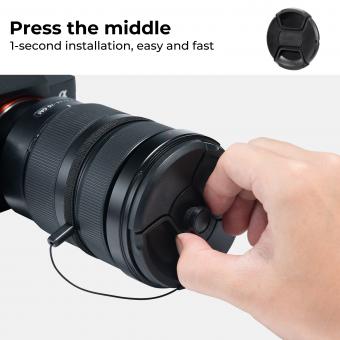





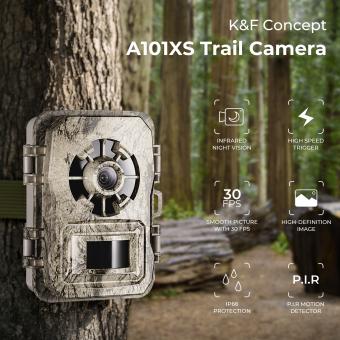

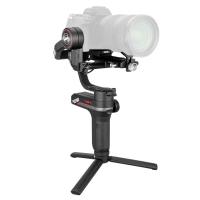









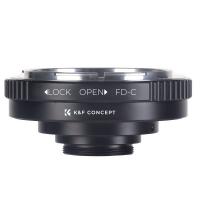




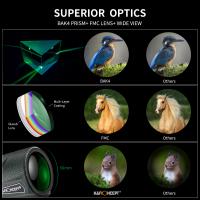
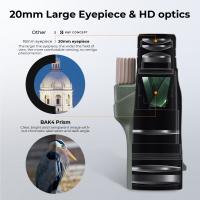


There are no comments for this blog.